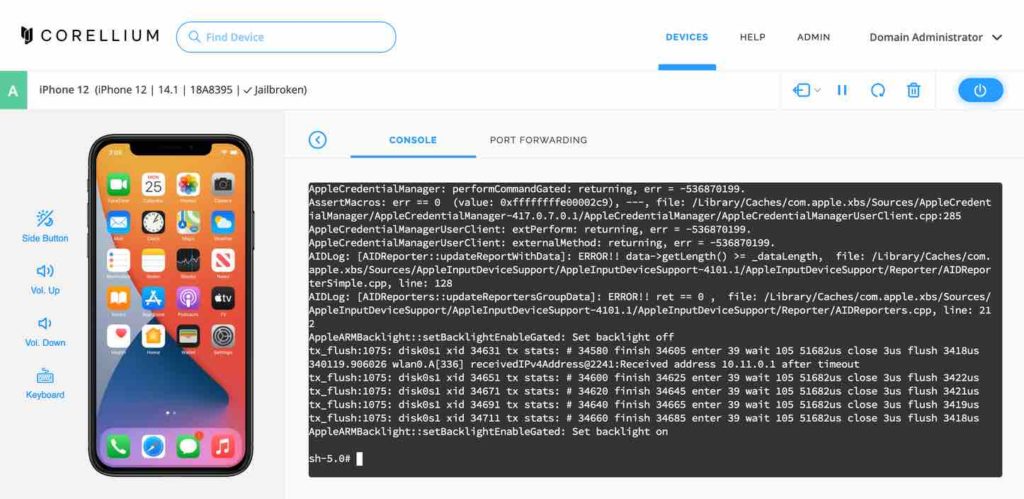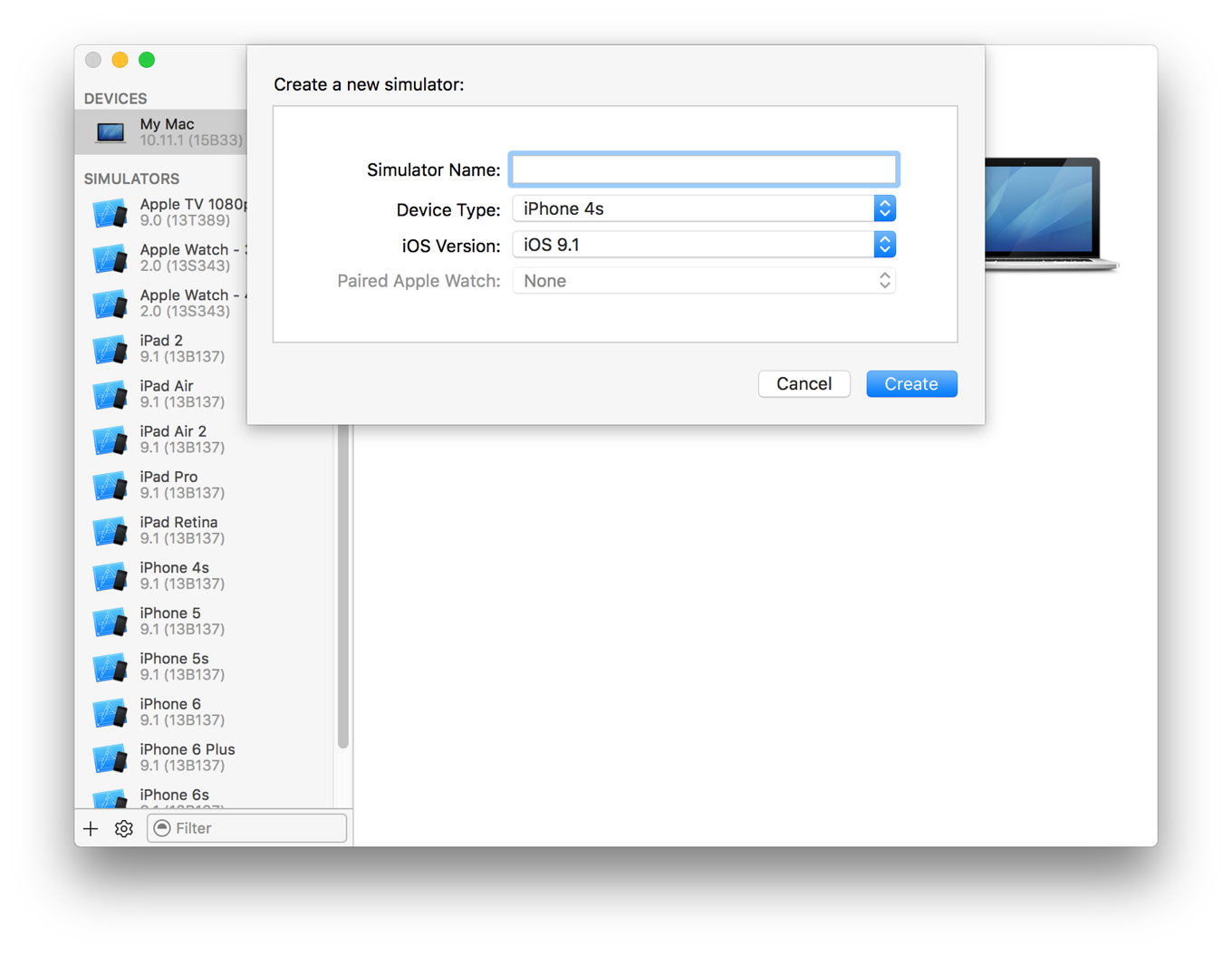Important:The information in this document is deprecated in Xcode 9. For Xcode 9 and later, see Simulator Help by choosing Help > Simulator Help in Simulator.
Important The information in this document is deprecated in Xcode 9. For Xcode 9 and later, see Simulator Help by choosing Help > Simulator Help in Simulator.
The iPhone Simulator is easy to use, and happens to be very convenient for both advanced, and intermediate users. Xamarin TestFlight. The next iOS emulator to run iPhone apps on PC comes in the form of Xamarin TestFlight, the first official Apple emulator that is made for testing the apps developed for iOS. That’s probably the best way to play iPhone games on Mac. This is one of the methods through Which lets you simulate iPhone games on Mac without the use of any third-party apps. Let’s now explore a couple of other ways such as using a simulator and an emulator for playing iPhone games on Mac. Use iPadian Simulator for Mac to Play iPhone Games. PS3 Emulator for Mac. Visual Boy Advance. Virtual PC for Mac. This software lets you run Windows software on your Mac and gives you the freedom to run programs specifically meant for Windows OS. This helps a computer user from possessing two different machines running on two different OS or even completely changing the OS. Looking for The Best 5 iPhone Emulators for PC, Mac and Android. The apple devices are one of the most used mobile platform in the entire world, that’s why emulators for IOS is one of the best platforms you must have. Developers create one amazing NEW Multi-Emulator to Play NDS, PSP, GBA and more on iPhone, iPad, iPod for free.
Simulator allows you to rapidly prototype and test builds of your app during the development process. Installed as part of the Xcode tools, Simulator runs on your Mac and behaves like a standard Mac app while simulating an iPhone, iPad, Apple Watch, or Apple TV environment. Think of the simulator as a preliminary testing tool to use before testing your app on an actual device.

Simulator enables you to simulate iOS, watchOS, and tvOS devices running current and some legacy operating systems. Each combination of a simulated device and software version is considered its own simulation environment, independent of the others, with its own settings and files. These settings and files exist on every device you test within a simulation environment.
At a Glance
Ios Emulator For Mac Download
By simulating the operation of your app in Simulator, you can:
Find major problems in your app during design and early testing
Test your app using developer tools that are available only for Simulator
Learn about the Xcode development experience and the iOS development environment before becoming a member of the iOS Developer Program
This guide walks you through Simulator, starting with the basics of how to use it and moving on to the tools found within the simulator that can assist you in testing and debugging your apps.
Organization of This Document
Read the following chapters to learn how to use Simulator:
Getting Started in Simulator, to understand the functionality of Simulator, and gain a working knowledge of the various ways to launch it
Interacting with Simulator, to learn about the various ways of interacting with Simulator, including taking screenshots and changing the scale of simulated devices
Interacting with iOS and watchOS, to learn about the specific ways of interacting with simulated iOS and watchOS devices, including gestures and hardware manipulation
Interacting with tvOS, to learn about the specific ways of interacting with tvOS, including using the focus-based user interface and using external remotes with Simulator
Testing and Debugging in Simulator, to understand the tools available within Simulator to assist you with testing and debugging your apps
Customizing Your Simulator Experience with Xcode Schemes, to learn about additional ways to customize your Simulator experience through Xcode schemes
See Also


Iphone Emulator For Mac M1
Apple provides these related documents that you may find helpful:
Iphone Emulator For Mac Reddit
To learn the basics of developing iOS apps, see Start Developing iOS Apps (Swift).
To learn about the basics of developing watchOS apps, see App Programming Guide for watchOS.
To learn more about how you can customize your development experience within Xcode, see Xcode Overview.
To learn about the process of testing your app on a device, submitting it to the App Store, and distributing it, see App Distribution Quick Start.


Copyright © 2018 Apple Inc. All Rights Reserved. Terms of Use | Privacy Policy | Updated: 2018-02-15